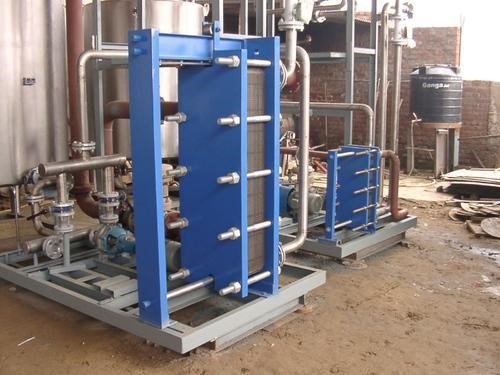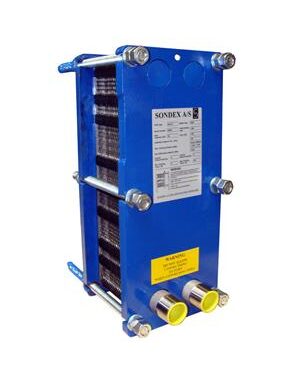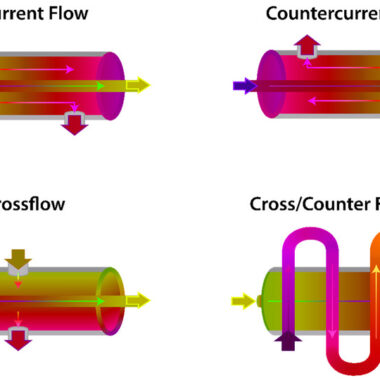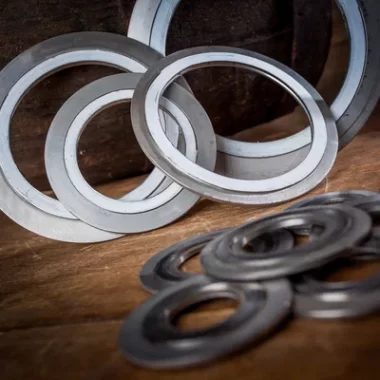Components of a Plate Heat Exchangers
Components of a Plate Heat Exchangers
Plate heat exchangers are wonders of engineering, outlined to proficiently transfer heat between two fluids whereas minimizing energy misfortune. Understanding the key components of a plate heat exchangers devices gives experiences into their functionality and versatility.
At the center of a plate heat exchanger are the plates themselves. These plates, regularly made of stainless steel or other corrosion-resistant materials, include complex designs of channels and ridges. These channels make pathways for the hot and cold fluids to stream in near proximity, encouraging rapid heat trade.
Gaskets are another crucial component of plate heat exchangers. These adaptable seals are set between the plates to prevent liquid leakage and guarantee proficient heat transfer. Gaskets come in different materials to resist distinctive temperature and weight conditions, giving versatility for diverse applications.
The outline of the plate heat exchanger holds the plates together and gives structural support. It too houses the associations for fluid inlet and outlet ports, permitting for simple integration into existing systems. Conclusion plates cover the closes of the plate stack, encourage improving basic integrity and preventing liquid leakage.
Direct bars and pressure plates play basic parts in optimizing heat transfer efficiency. Direct bars guarantee appropriate alignment of the plates, whereas weight plates apply uniform weight to the plate stack, maintaining tight contact between the plates and maximizing heat transfer surface zone.
Tie jolts secure the frame and pressure plates together, compressing the gaskets to form a reliable seal. These jolts are fixed to particular torque necessities to ensure appropriate fixing without damaging the plates or gaskets.
Optional components such as thermal insulation and mounting feet may be included depending on the application prerequisites. Thermal insulation makes a difference minimize heat loss from the heat exchanger, whereas mounting feet back the weight of the gadget and encourage installation.
In rundown, the components of a plate heat exchanger work together consistently to attain productive heat transfer in a compact and cost-effective bundle. By understanding the work of each component, engineers can plan and optimize plate heat exchangers for a wide run of industrial applications, from HVAC systems to nourishment processing and beyond.






The Different Types of Plate Designs in Plate Heat Exchangers - Cool Fab Equipments June 25, 2024 at 12:25 pm
[…] Plate heat exchangers (PHEs) are known for their effectiveness, compact plan, and adaptability. One of the key features contributing to their flexibility is the assortment of plate plans accessible. Each plan has specific characteristics that make it reasonable for different applications and operational conditions. Here’s an brief of the different types of plate designs in plate heat exchangers : […]